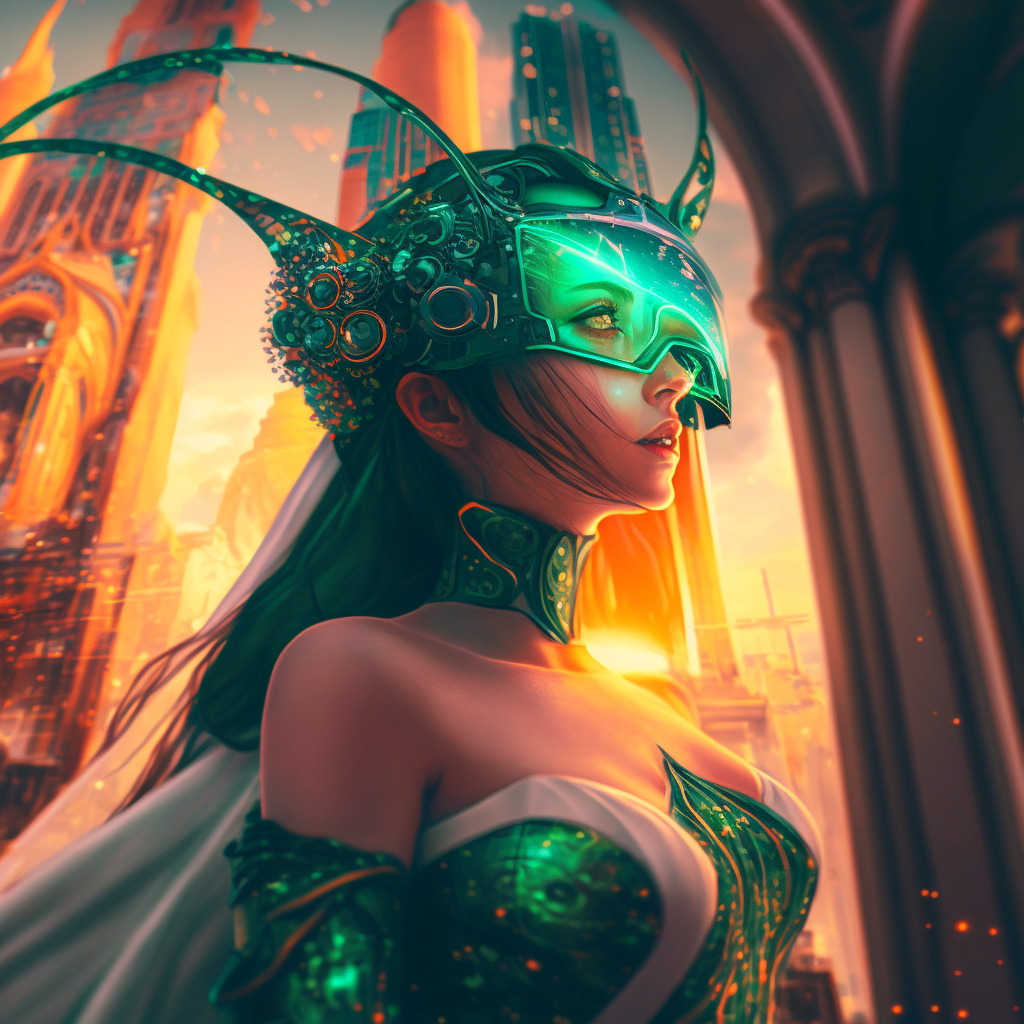Blockchain is the new buzzword in all financial services. But what is blockchain, and how can it improve security, transparency, and cost efficiency? With the rise of cryptocurrencies such as Bitcoin and Ethereum and their underlying technology of the blockchain, virtual assets (also known as non-fungible tokens or NFTs) have become more popular than ever before. Blockchain has made it possible for everyone to own a piece of digital property without having to trust a central authority. Blockchain is a layer that sits on top of other ecosystem services that handle specific operations within a network. Think of it as an operating system for interconnected digital assets; it’s just more secure and efficient than current systems because there are fewer points of failure and fewer middlemen involved in transactions. Virtual assets are programmable money that store value digitally. They exist in digital wallets and can be traded through the same trading platforms used for fiat currency. We can also use virtual assets as rewards within games or as participation tokens within projects. “As property owners don’t need to worry about managing tenants or maintaining physical properties, smart property owners don’t need to manage tenants or maintain smart properties either,” says Vincent Vachon, founder at Maecenas - the world’s first VC fund for virtual assets
What is a Non-Fungible Token?
Non-fungible tokens are digital assets that cannot be duplicated. They are tradeable and are used as a currency or represent ownership in the metaverse. For example, using smart contracts as a way for people to own and trade virtual properties in a trustless marketplace. NFTs allow for more transparency between buyers and sellers because there’s no need for middlemen like brokers or escrow services when trading virtual assets.
Why do we need Non-Fungible tokens?
They are programmable money that store value digitally. They exist in digital wallets, and can be traded through the same trading platforms used for fiat currency. NFTs allow for new types of products to be created and sold publicly, as well as act as a digital asset on their own. NFTs are not a replacement for fiat currencies, but an enhancement that allows for decentralized applications in the future. Virtual assets offer a lot of benefits - liquidity, security, transparency - without having to trust any central authority or have a middleman involved in transactions.
Benefits of Non-Fungible Tokens
Virtual assets are programmable money that store value digitally. By using non-fungible tokens, you can capitalize on the benefits of blockchain and avoid many of its drawbacks. Unlike the traditional system, non-fungible tokens offer protection from theft or tampering by reducing the attack surface area to a single public key. In addition, there’s no need for intermediaries or exchanges as transactions are decentralized and peer-to-peer. You only need to find someone who wants what you have to trade with in order to make a transaction happen. Non-fungible tokens also allow for unique ownership while maintaining consistency throughout the network. This means there is no need to worry about assets being duplicated and sold in a secondary market - which keeps market prices accurate while reducing volatility. Non-fungible tokens also provide privacy protection because they work at a public address level without revealing personal information about specific users.
How does a Non-Fungible token work?
The best way to understand how an NFT works is by example. Imagine a company that has created a new virtual asset, one that gives holders the ability to be rewarded in return for completing certain actions or transactions. This virtual asset could be given out as rewards for completing tasks within the metaverse, or it could be used as a token of participation. A digital asset is just like any other currency, except it’s not fungible - meaning that each unit of the currency is unique and cannot be replaced with another token. This provides a lot of benefits for both investors and developers who want to use tokens as rewards within games or activities (like if you were using tokens to get into an event). A non-fungible token can also have properties programmed into them. For example, an NFT could have an expiration date attached to it so that it can only be redeemed once before the expiration date arrives. These features make it easier to implement when trying to reward people in different ways than just giving out cash.
Final Thoughts on NFTs in the Metaverse ecosystem
Virtual assets and digital properties are the future of blockchain. They have an essential role to play in the digital era because they enable new types of ownership, which are crucial for maintaining a sustainable world. Virtual assets offer new opportunities for investors and give them a tangible asset that is easy to manage and trade. Because it’s a programmable asset, it can be used like any other cryptocurrency with little or no added cost. Virtual assets are also more secure than traditional assets because they cannot be forged or duplicated. This is thanks to their underlying technology of the blockchain, which ensures authenticity and transparency. In short, virtual assets will serve as the perfect pairing for blockchain. With both gaining wide adoption in the financial industry, we will see increased use cases for both while simultaneously solving issues within our current systems.
Non-Fungible tokens and the metaverse are a perfect pairing. NFTs are a perfect way to use blockchain for ownership, monetization, and tracking. They are a perfect way to merge crypto, metaverse and the real world.
